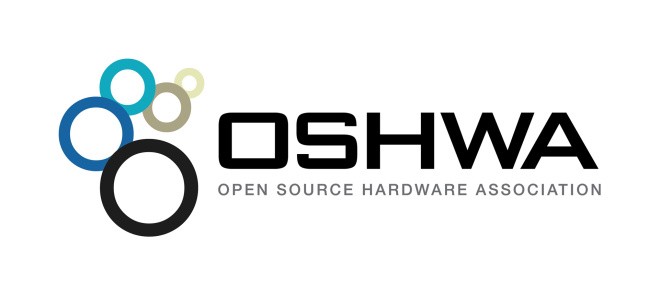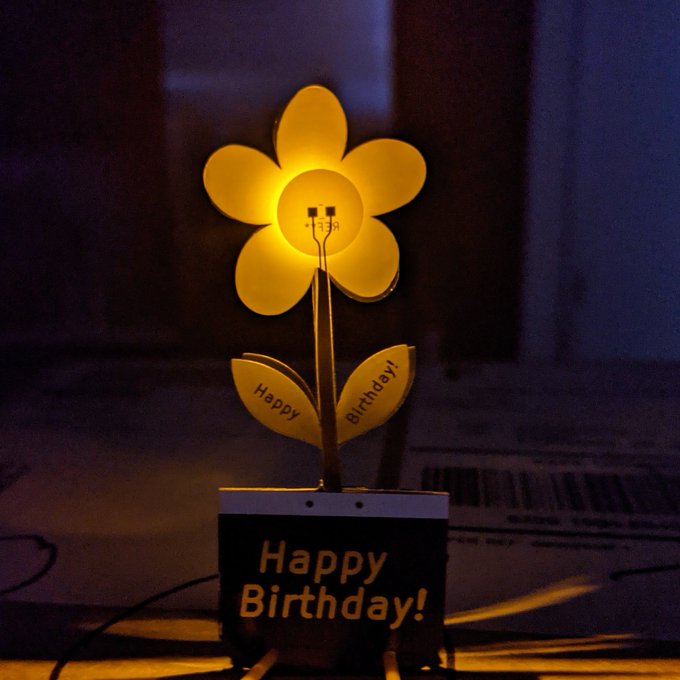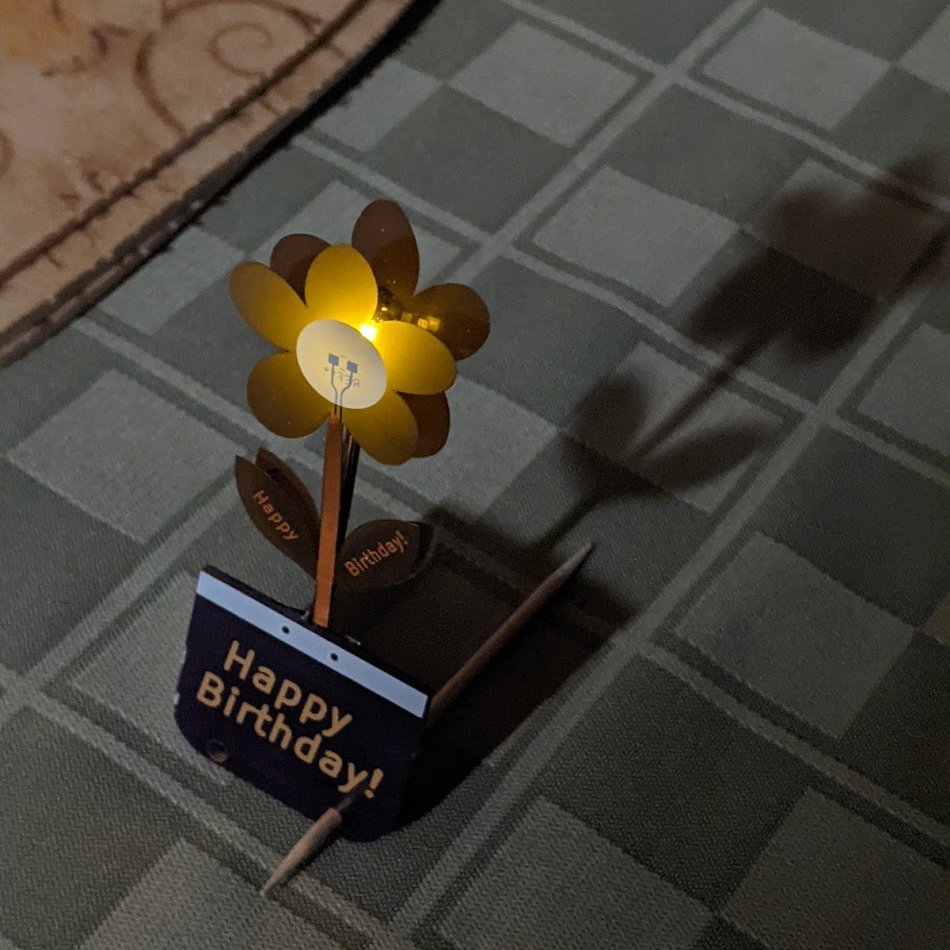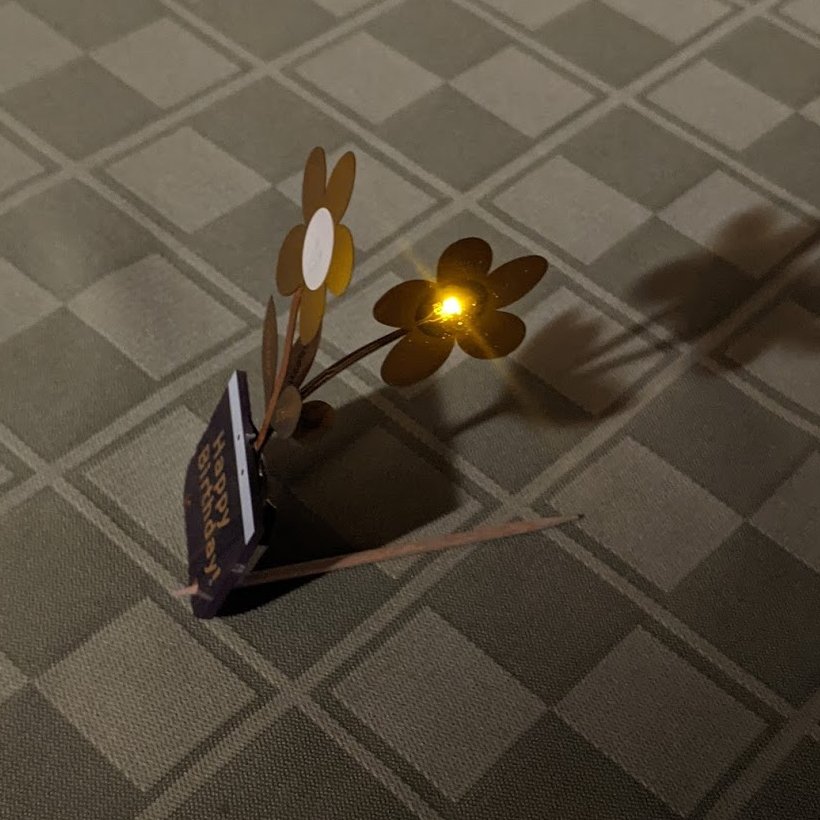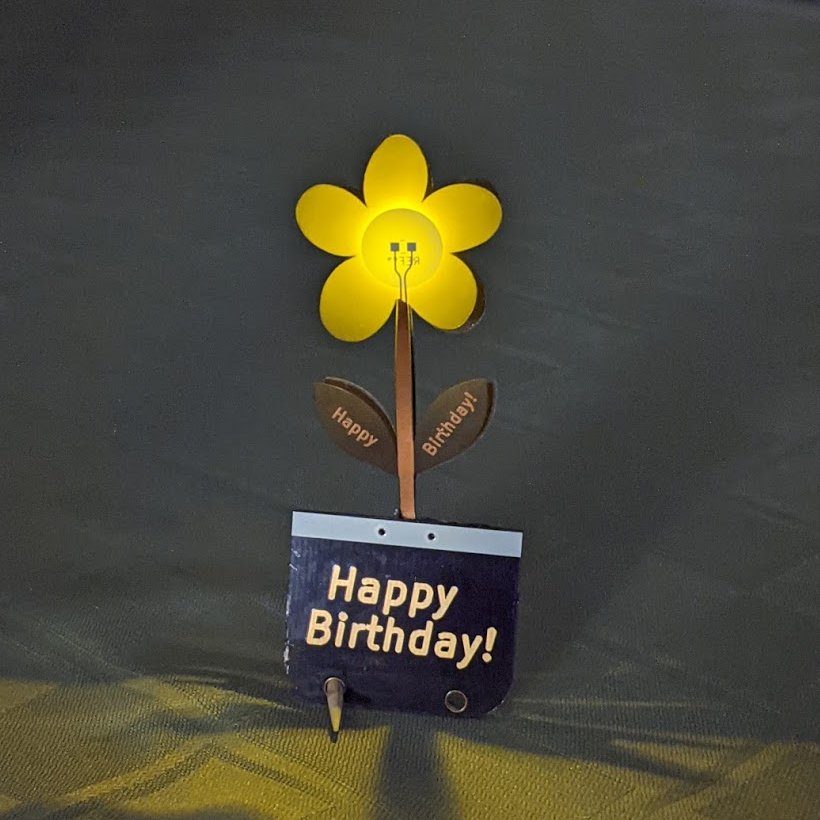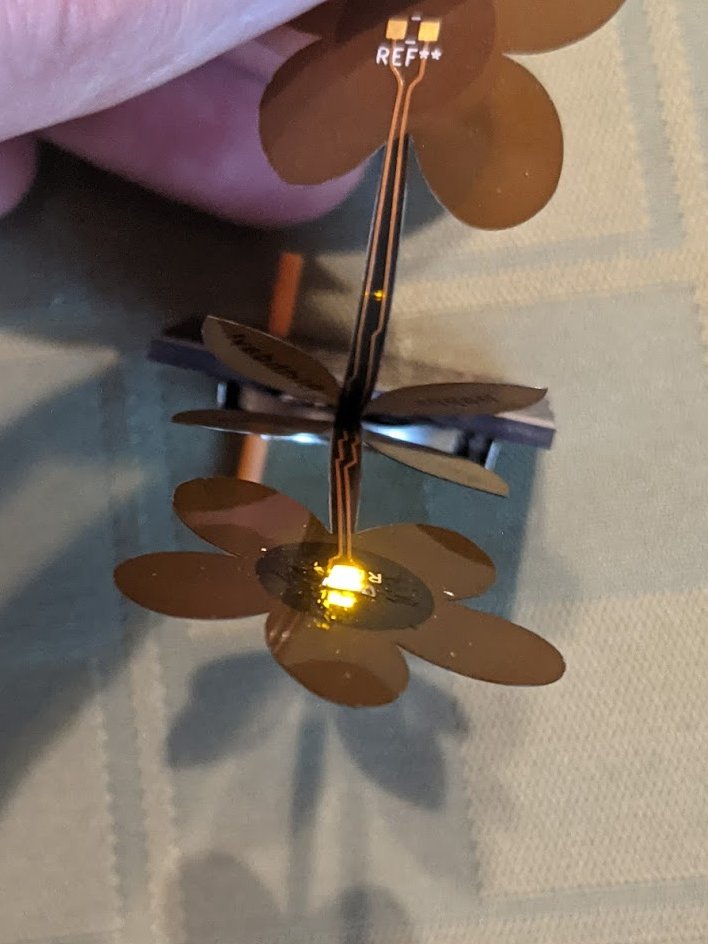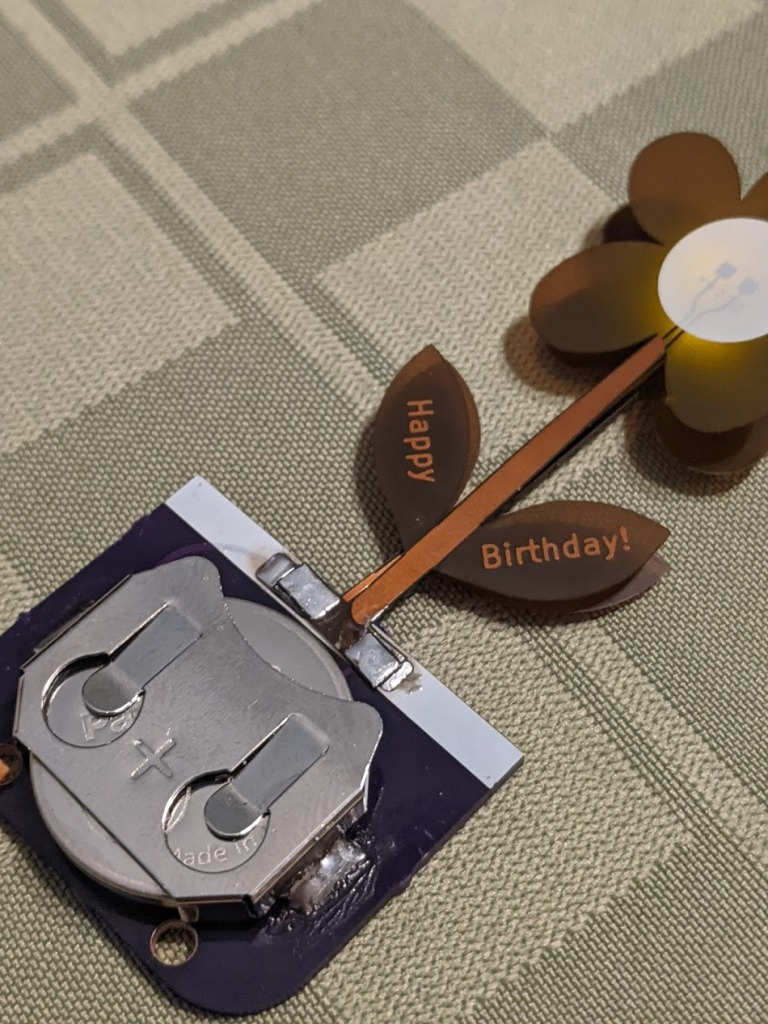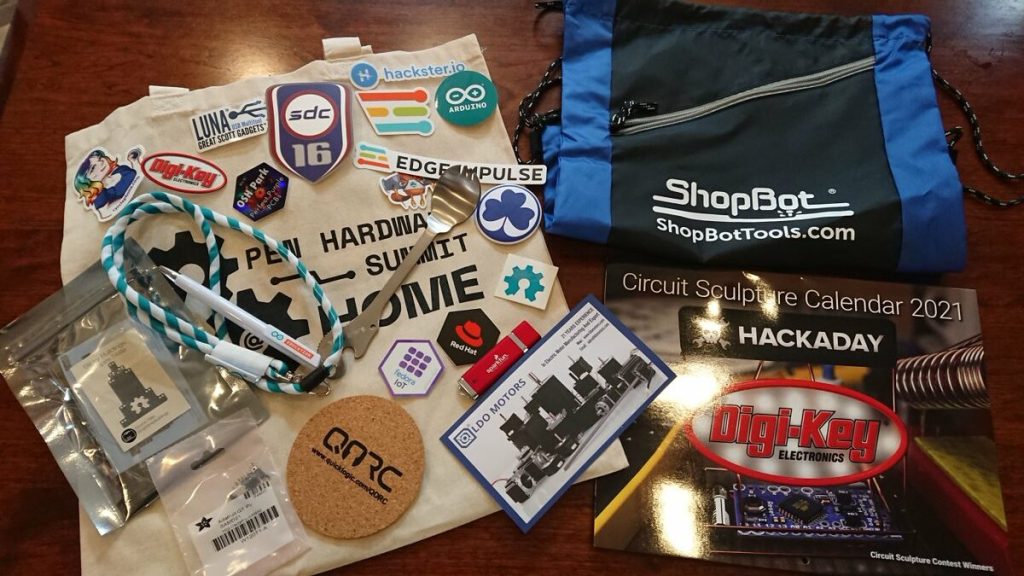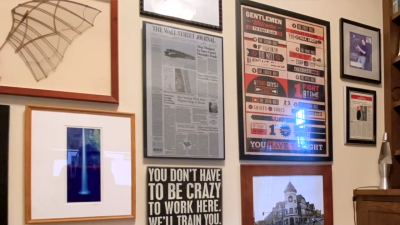Jenny List writes about an API for the global network of hackerspaces:
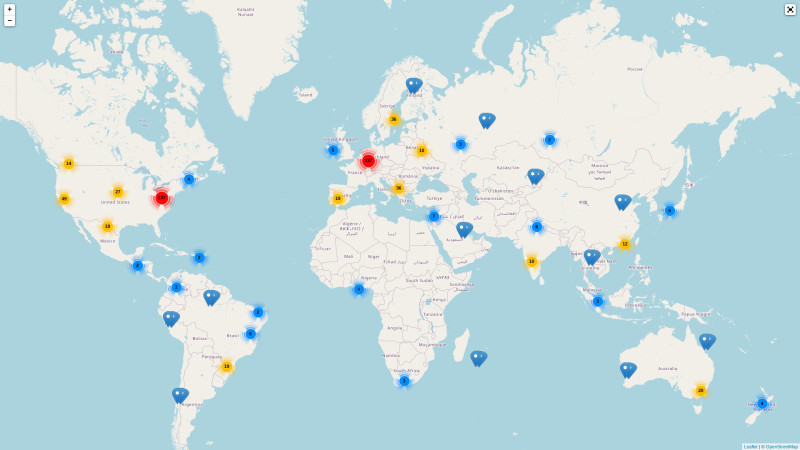
With so many hackerspaces in the world, it can be difficult to keep up with them all. It must certainly be a headache for the maintainers of hackerspace directories, with new arrivals as well as spaces sadly closing meaning that a directory can only be as current as its last update. For those of us who follow the world of hackerspaces professionally it’s a struggle to keep on top of them all, and we know there will always be that amazing project posted on a hackerspace website that will pass us by.

Here’s where SpaceAPI can help: by providing a standard JSON interface to the space properties. This holds not only all the static details such as location and contact details, but also the address of the space’s project repository, and most interestingly an indication of whether or not the space is open. The JSON can be a static file, but in many spaces it’s generated by the space itself depending on whether or not there is someone in it.

